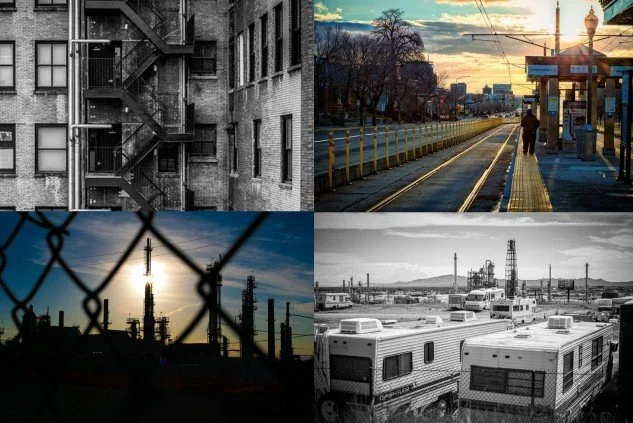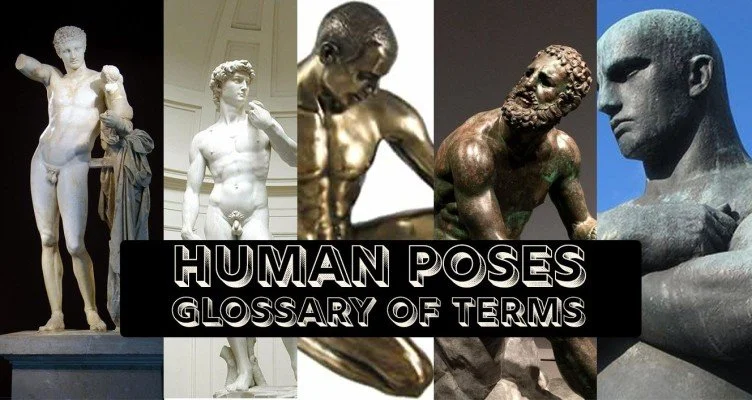ARTICLES
-

The Evolution of Film and Video Editing: A New Visual Language
Film and video editing is not just about piecing together footage; it's a language, a means of communication between the creator and the audience. Over the years, this language has evolved significantly, reflecting changes in technology, audience preferences, and cultural shifts.
-

From Mundane to Magical: Unveiling the Power of Reality-to-Fantasy Transitions in Film
The art of transitioning from reality to fantasy in cinema is a powerful technique that allows filmmakers to transport audiences to new worlds and perspectives. Through a careful examination of various cinematic examples, it becomes evident that these transitions serve not only to entertain but also to challenge perceptions, evoke emotions, and explore complex themes.
-
Exploring the Nature of Light Through the Lens of a Cinematographer
As a Director of Photography, I have a deep appreciation for the power of light to transform a scene and evoke emotion in an audience. Whether we are capturing the warm glow of a sunset, the harsh fluorescence of a hospital room, or the eerie shadows of a horror film, light is an essential part of our lives and an irreplaceable tool in our storytelling toolkit.
-
Human Poses Glossary of Terms
When it comes to photography, art, and even just our everyday lives, human poses can be an important element. Whether we're capturing a moment, expressing ourselves, or conveying a message, the way we hold our bodies can say a lot. In this post, we'll explore a glossary of human poses and their associated terms to better understand the art of body language.
-

A Pietà in the Street: Composition Mastery from Renaissance Art to Cartier-Bresson
A fleeting moment, centuries in the making.
A new article exploring how Henri Cartier-Bresson, widely regarded as the father of modern photojournalism and a pioneer of street photography, drew on the foundational techniques of Renaissance artists and why those timeless lessons still matter today.
-

Bright Darkness and the Halo of Truth: Cinematic Lighting Styles in True Crime Television
How true crime Directors of Photography use soft light, shadow, and classical iconography to build trust, tension, and tone.
"Halo of Truth" – Visual Honesty in Cinematic Lighting
In cinematography, the term "halo of truth" (also known as "halo of honesty") is an evocative, informal phrase used by directors of photography (DPs), gaffers, and producers. It refers to a soft, flattering, yet directionally focused key light that visually conveys credibility. While not a formal lighting term, it has gained traction particularly in true crime and investigative docuseries…


